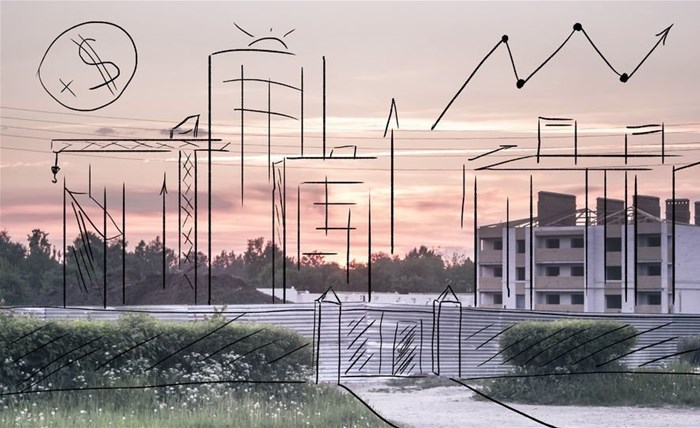How to apply VAT relief for property developments

A long-standing practice of developers who are unable to sell units in new schemes is to let these units temporarily in order to earn rental income in order to recoup some of their holding costs.
Strictly speaking, this constitutes a change in the application of the property from an enterprise involving the selling of housing stock subject to the declaration of output VAT on the open market value of the property, to one involving the renting out of residential property that is a supply exempt from VAT.
Output VAT
A change in application of the property triggers an output VAT declaration obligation and this created an up-front cash flow problem for the developer.
Since 2012, the problem had been addressed by permitting developers to temporarily lease for three years without having to account for the output VAT. At the end of the three years, output VAT would have to be paid even if the residential property continued to be let temporarily.
Alternatively, if there was a permanent change of intent within the three-year period, the output VAT would be paid in the VAT period within which the change of intent was made permanent. This relief regimen ended on 1 January 2018.
A new relief provision has become effective from 1 April 2022 and the binding general ruling of 21 June 2023 explains how this is to be applied in tandem with several other allied provisions of the VAT Act.
The current dispensation requires that the temporary letting be for no longer than 12 months, and that the adjustment accounting for output VAT be done at the inception of the lease and not, as in the previous dispensation, at the end of the three-year leasing relief period.
Calculation
A significant additional change is that the computation of the output VAT is not calculated with regard to the open market value of the property, but instead against the adjusted cost to the developer of construction, extension or improvement to the fixed property.
The implication is that developers temporary letting property for a period exceeding 12 months after 1 April 2022, will not be able to use the new relief provision. Neither will those developers who let property temporarily in the period 1 January 2018 to 31 March 2022. Nor will those developers that have used the relief previously available. In these cases, where an adjustment is required, it is to be calculated on the open market value of the property and not the adjusted cost of construction, extension or improvement.
Sale or change of intention
Should the property be sold during the 12-month lease period, or there is a permanent change of intention to let the property instead of holding it for sale, the VAT accounted for at the inception of the lease may be claimed as an input credit, against the VAT output that is due as a result of the sale or change of intention. The consideration for the computation of this output VAT is based on the open market value of the property. The time for its payment is the earlier of date of payment or registration.
The position is slightly different when the 12-month lease expires. Once the VAT adjustment is made on the day after the lease expires and is accounted for in the corresponding VAT period, any subsequent sale is a matter for transfer duty.
Given the complexities relating to both the quantum and timing of the adjustments, it is suggested that all current leasing arrangements and corresponding VAT compliances be reviewed by a professional so as to ensure alignment with the requirements of Sars as outlined in the general binding ruling.